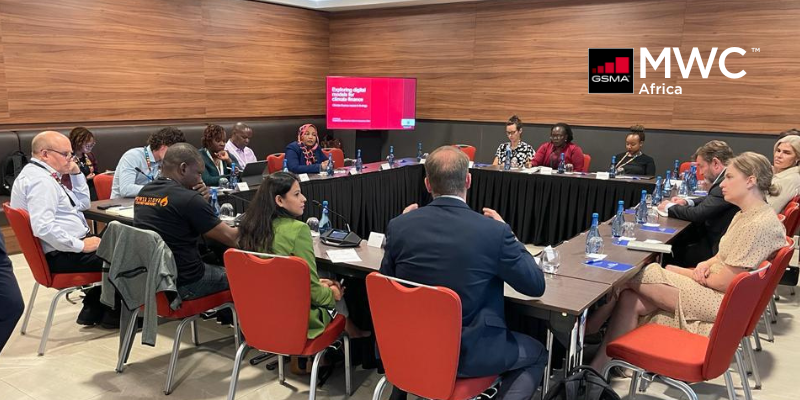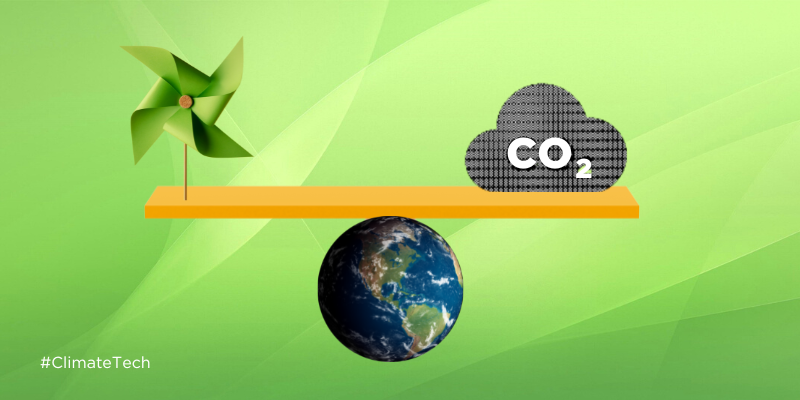Climate Finance

Digitally Enabled Climate Finance
The Digitally Enabled Climate Finance report offers unique insights into how digital technologies can be leveraged to strengthen the access and delivery of climate finance in low- and middle-income countries. It dissects the various perceptions of climate finance and showcases the possibilities of how different tech solutions – ranging from mobile money and satellite imagery, to the Internet of Things (IoT) and blockchain – can catalyse lending, credit modeling, and the development of bankable climate projects. The report further explores climate finance mechanisms (e.g., National Climate Change Funds, Voluntary Carbon Credit market) or types (e.g., loans, grants, equity, insurance) that are most ready for digital innovation and can deliver socio-economic impact at the local level. It also outlines ideal business models and presents the benefits that initiatives currently, or could eventually, deliver when using digital technology or engaging with organisations such as mobile network operators
Climate financing in Low- and Middle-Income Countries (LMICs)
Climate finance is conventionally described as the flow of financing towards climate change adaptation and mitigation activities. It is central to accelerating climate action and ensuring vital funds reach the communities that need it the most. We have found that while the term “climate finance” is a popular topic globally, it is still evolving as a concept and is often clouded in jargon. This has inadvertently brought confusion to its application – even among those working directly in the sector. This has inadvertently brought confusion to its application – even among those working directly in the sector.
As a result, the GSMA ClimateTech programme has conducted innovative research to explore the role of mobile and digital technology in accelerating climate investment and financing in low- and middle-income countries. This research was made possible with the support of the UK Foreign Commonwealth and Development Office (FCDO).
Digital technology is uniquely placed to accelerate climate finance
Although the use of mobile and digital technology in climate finance is still in its infancy, it is uniquely placed to accelerate climate finance, as:
- An intermediary between financial sources and vulnerable communities (for better access to financing through loans and grants via mobile money for adaptative climate efforts)
- A medium of establishing transparent and traceable systems
- A tool for collecting precise data, which is important in making climate finance decisions, and
- An enabler for vulnerable communities to participate in the carbon market

Webinar replay:
In this video, our panel of speakers including the UK Foreign Commonwealth and Development Office (FCDO), KCIC Consulting (KCL), Airtel Africa, UNDP, 4RDigital, CoSustain Consulting discusses the future of climate action and the role of mobile and digital technology in delivering climate finance in low- and middle-income countries.

Digitally enabled climate finance in LMICs
More from our blog
5 June, 2023
Catalysing climate finance: How can technology make it more accessible, affordable and efficient?
In our first blog from the climate finance series, we explored climate finance from a mobile and digital technology lens. This blog takes the discussion forward and summarises key takeaways from the new GSMA ClimateTech flagship report – Digitally Enabled Climate Finance. Watch the report launch webinar featuring speakers from the UNDP, UK Foreign Commonwealth […]
Learn more18 November, 2022
Exploring climate financing at MWC Africa
Highlights from the climate finance roundtable discussion at MWC Africa with key decision makers including MNOs, private sector organisations, development and implementing partners, and start-ups.
Learn more20 September, 2022
Exploring climate finance from a mobile and digital technology lens
Strengthening the climate finance landscape with digital technology and moving the dial in climate financing in low- and middle-Income countries (LMICs).
Learn moreContribute to GSMA’s climate finance research
The GSMA ClimateTech team invites practitioners from diverse sectors to take part in the ongoing climate finance research. If this work interests you and your organisation, please do get in touch here.




